|
Experiential learning resources for the innovative educator
Interest-based learning is when students identify their interests and use those interests to drive and lead learning experiences.
The purpose of designing learning experiences around interests is to encourage an intrinsic motivation to learn and inspire a passion for learning. This happens by tying learning experiences with topics and questions that are meaningful, relevant, and interesting to students. Personalize learning through interest-led project-based learning.
So how do you implement and facilitate interest-based learning experiences? Start each of those experiences by having students ask questions. What do they wonder? What sparks curiosity? What makes them want to learn?
How does cheese turn into milk? What is the distribution of Malaria around the world? How do you raise chickens? How do I reduce the number of mosquitos in my backyard? Each of these questions has been asked by one of my high school students, which were then used to guide the project-based learning design process. Your student's questions do not have to lead to self-directed project-based learning activities. There are a variety of activities that could come from student interests such as problem-based learning, scientific inquiry investigations, design thinking projects, STEM, STEAM, etc. But because 9/10 of the learning activities that my students do are project-based, the remainder of this post will focus on developing self-directed project-based learning experiences around student interests. I will go over exactly how I implement and facilitate these PBL interest-based learning experiences in my classroom and home self-directed learning environments. How to Implement and Facilitate Interest-Based Learning Activities
Self-directed project-based educators are facilitators of learning, not directors of. Part of the role of facilitator is to inspire project based learning ideas and make suggestions that challenge learners, but the projects are designed and directed by your students.
I meet one-on-one with students to take their interests and turn them into great PBL projects. The following steps highlight the process that I take with students to design self-directed project-based learning experiences around their interests:
1. Brainstorm Interests
The main driver of student-led project-based learning experiences is student interests. I learn about student interests in a variety of ways, and use those interests as the focal point for the rest of the PBL experience. 1. Interest Surveys - A quick survey with questions that help students identify interests. I have students fill in that survey and then store it away in binders or on Google Drive to come back to when they need inspiration. I will often have them pull it out when we are trying to develop a PBL project idea. I meet with students one-on-one to help them turn an interest into a project. 2. Personal Learning Plans - A personal learning plan is a document that students use to identify and document interests, learning style preferences, goals, etc. I distribute a personal learning plan to students, have them fill it in at the beginning of the year or session, review it with them when they have finished, and pull it out occasionally to inspire project topic ideas or driving questions. 3. Brainstorming Activities - Sometimes students simply do not know what their interests are. I often hear "I don't have any interests". So I created a project topic brainstorming activity where students are given a variety of brainstorming prompts. For example, students are instructed to hop on TedTalks to peruse talks that spark curiosity. This brainstorming activity is free in my store. Click on the title to download it now. Once students have an interest in mind, they can begin designing a project-based learning experience around that interest. I get together with my students one-on-one to work with them on this process. 2. Help Write Driving Questions Once students have an interest and basic project idea in mind, they can begin designing their project-based learning experience. At this point, my students grab a project proposal/plan template. The proposal template is designed to guide them through the PBL project design process. All of my self-directed project-based learning resources include this template. One of the first steps in project design is writing a driving question, which is the first step on that proposal template. The student's interest is the foundation of this question. This question does exactly what it suggests; it drives the PBL experience. Check out my blog post on how to write a PBL driving question. 3. Brainstorm Interest-Based Final Products The final product choice, or how the student will demonstrate learning should largely reflect their interests. For example, if you have a student that loves to write, encourage them to demonstrate learning with a written final product such as a children's book, poem, or instructional manual. If one of your students is an artist, ask them to consider demonstrating new knowledge with a mural, photo journal, or art installation. If a student loves to build, help them brainstorm final products that incorporate engineering, such as moving models or a product that offers a solution to a problem. Allowing students to choose how they will demonstrate learning based on their interests is a very powerful way to engage students in the learning experience.
4. Write Research Questions
Project-based learning is sustained inquiry. It takes time and requires a well thought out investigation. So part of the process of self-directed PBL design is developing questions or subcategories to research. The research questions that students develop should reflect the interest/topic/driving question. For example, my son is interested in bats. He also loves to build. So we developed a PBL experience together where he would learn about bats and build a bat house. To learn more about bats (his interest) and build a bat house (another interest) we needed to know more about bat behaviors, territory, habitat, food requirements, etc. So one research question we added to our project proposal was "what does a bats natural habitat look like?" We asked this question so that we could build a bat house that mimics their natural roosting requirements. At this point in the process, my students ask approximately 10 research questions/categories related to their project topic.; more if they're able. They add these questions directly to their project proposals to reference when they begin the research process.
5. Community Expert Assistance
My high school project-based learners, with my guidance, brainstorm potential community experts that relate to their interest-based PBL experiences. They add those individuals to their project proposals and begin to get in touch with experts. For example, my son and I went out into the community to gather information about bat habitats so that we could create as useful and safe bat shelter. I took him to a library to check out a variety of bat books. We went to a local nature center where he was able to speak with a naturalist. She led us on a short tour to see the bat boxes they had on their property. Try to encourage your self-directed learners to identify and communicate with their own community experts. If you do not have the flexibility to leave the building to meet with those experts, have your students invite those experts to the classroom, email them, arrange for a phone interview, or speak to them on a video call.
6. Plan Interest-Based Authentic Presentations
I talk about authentic presentations often on my blog because I think they are such valuable components of any learning experience. Project-based learning is authentic by nature, so it is only natural that students would present their final products and new knowledge to an authentic audience, one that is relevant and can benefit from the project. Authentic presentations should be interest-based. For example, if one of your students chose to demonstrate learning by writing a poem, and they have a passion for performing, encourage them to consider sharing their poem at an open mic night. If another student is a natural-born teacher, and they are interested in public speaking, they might consider hosting a free webinar about their project topic.
I love interest-based, self-directed project-based learning for so many reasons. I really get to see my students' passions, interests, and hobbies come to life.
Students learn the content, they just do so with choice involved. On top of that they build skills, connect with their communities, and make a real-world impact. The outcomes of interest-led PBL are simply mind-blowing.
If you're interested in launching interest-led, self-directed project-based learning in your middle or high school classroom or homeschool, take a look at my self-directed project-based learning starter kit. It includes everything your students need to guide and execute interest-based PBL.
Many of the components that I talked about in this post are included in the kit, such as the project proposal. The starter kit also has guiding tools for implementation and facilitation of these experiences. I also encourage you to take a look at my short and free webinar on getting started with interest-based, self-directed project-based learning.
For more interest-based, self-directed PBL tips, tricks, updates, resource alerts, freebies and a fellow project-based educator to answer all your questions, follow Experiential Learning Depot on TPT, Instagram, Pinterest, and Facebook.
For more support, join our Facebook community - Experiential Learning Community for K12 Teachers. Observe. Question. Explore. Share.
0 Comments
Your comment will be posted after it is approved.
Leave a Reply. |
Blog IntentTo provide innovative educational resources for educators, parents, and students, that go beyond lecture and worksheets. AuthorSara Segar, experiential life-science educator and advisor, curriculum writer, and mother of two. Categories
All
|

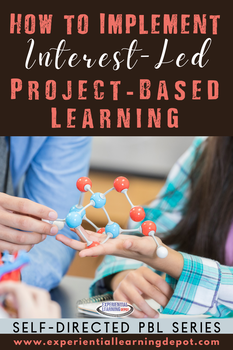
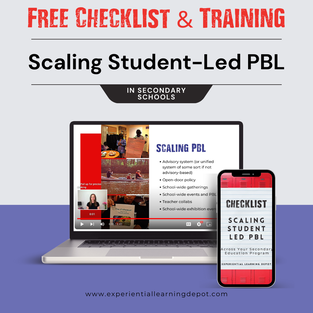
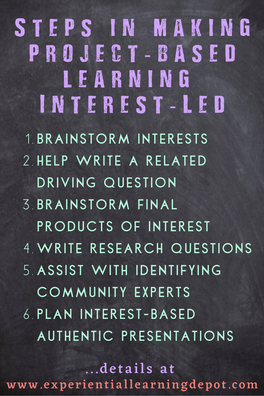
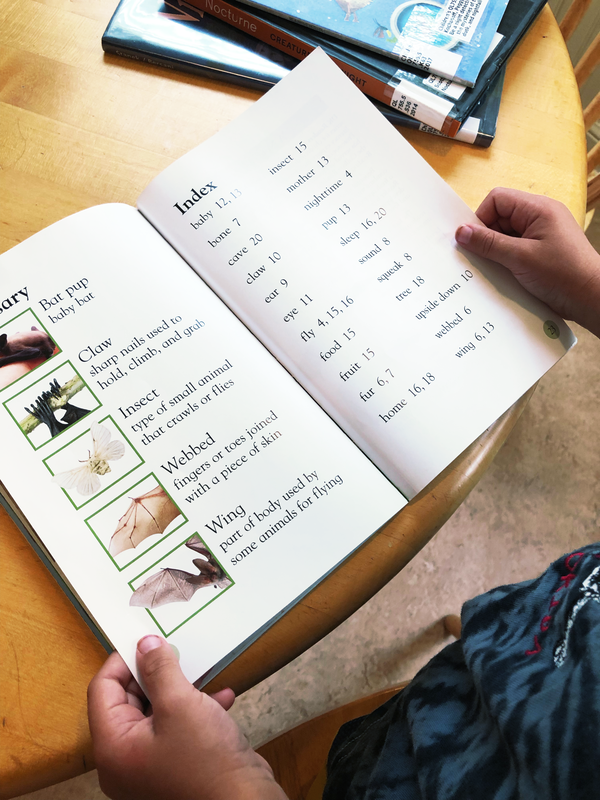
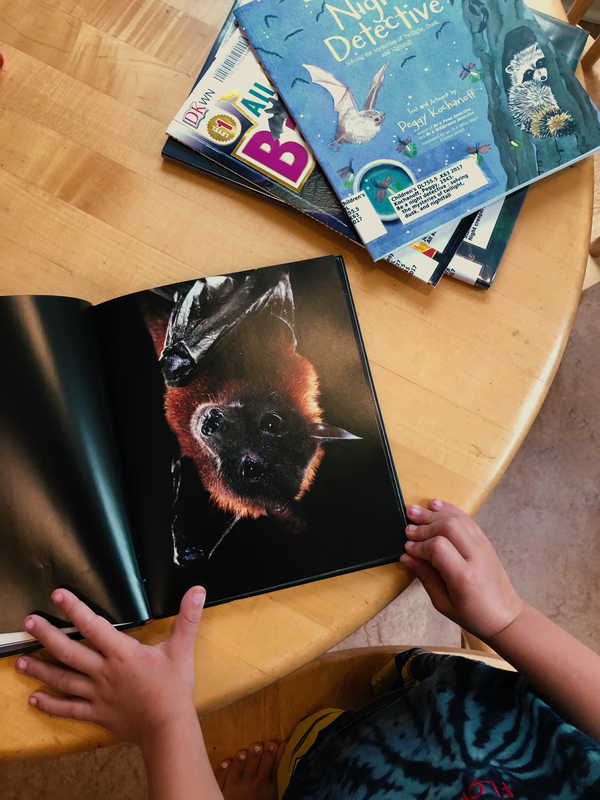
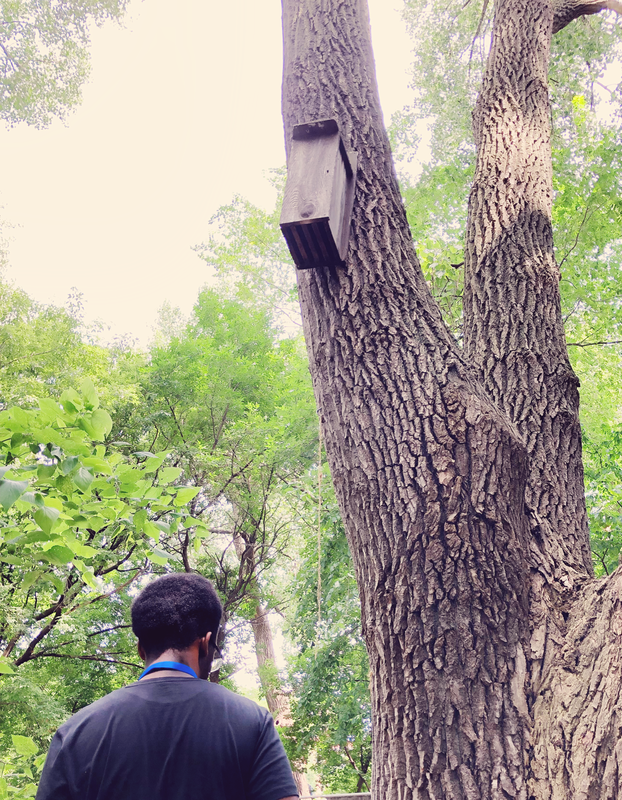
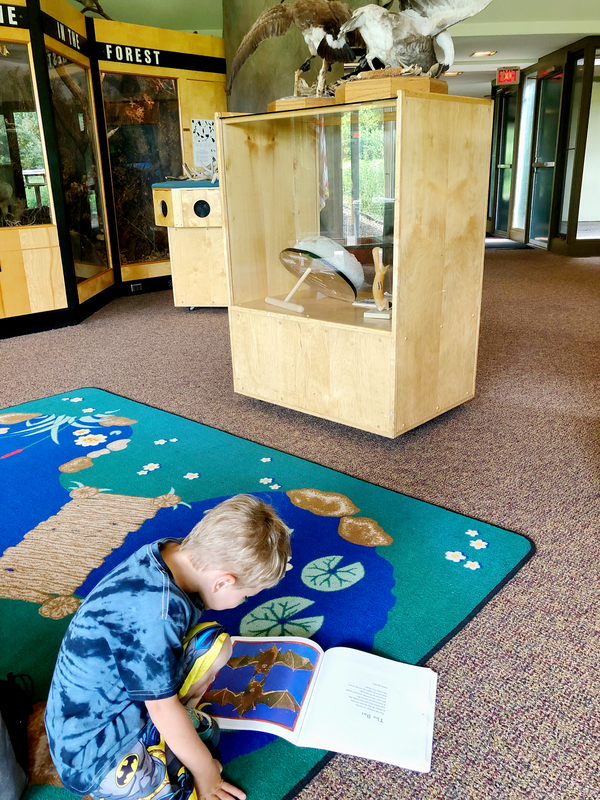

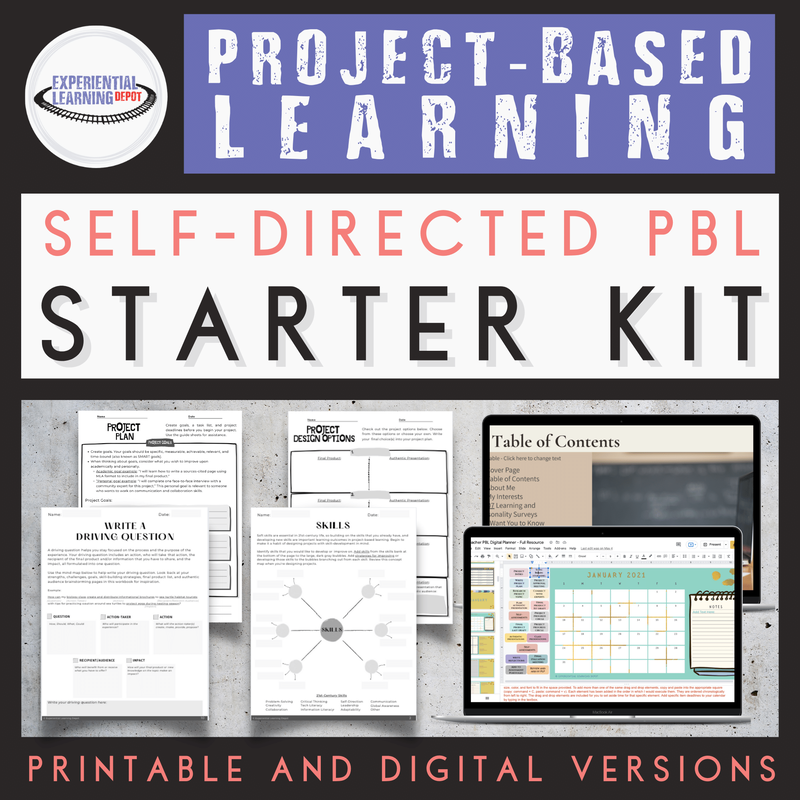
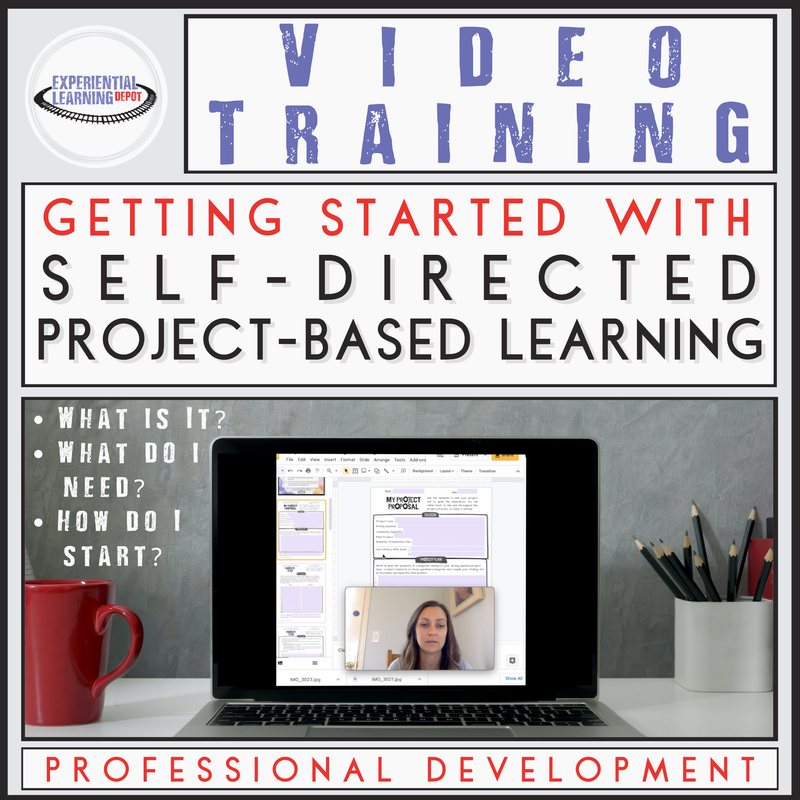


 RSS Feed
RSS Feed